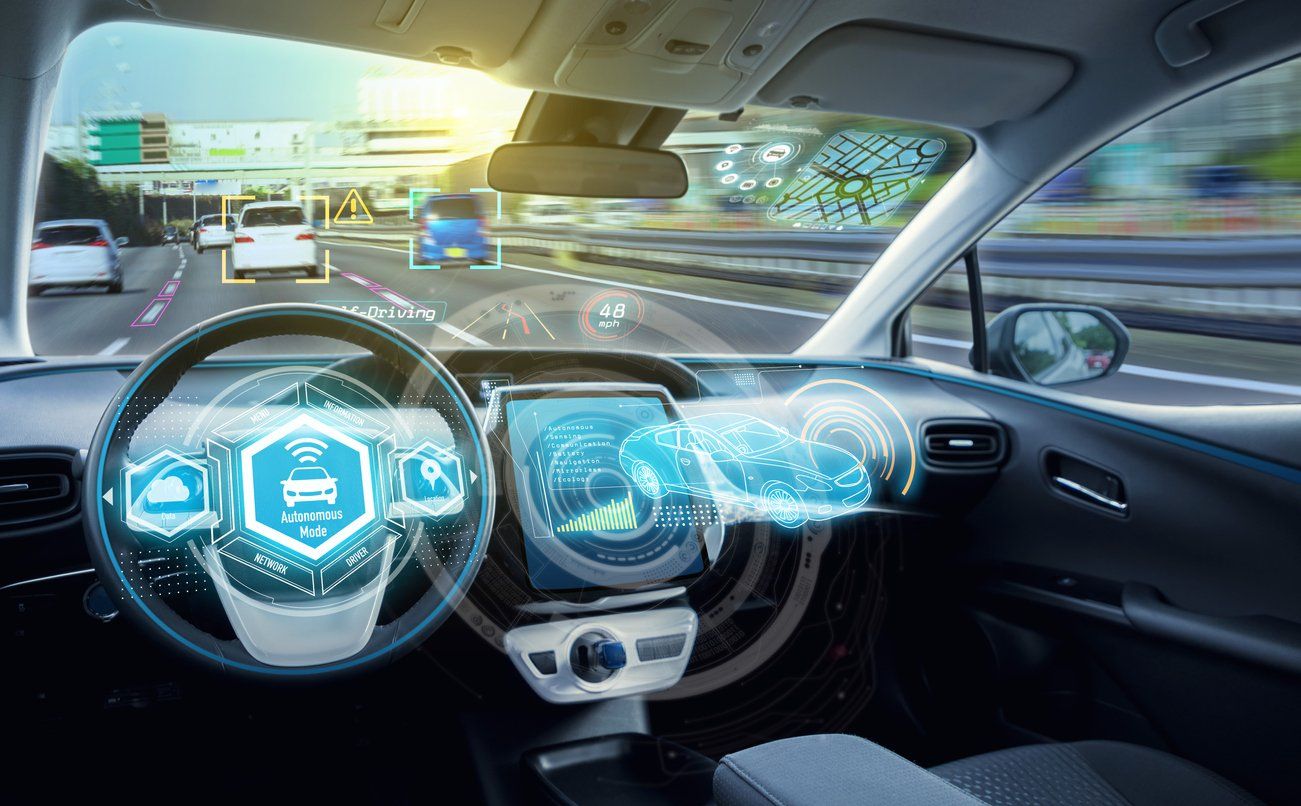The emergence of next-generation ADAS technologies to establish automotive AI
The advent of autonomous driving has picked up pace over the past few years, alongside other automobile trends such as the rise of electric vehicles (EVs). The concept has primarily gained momentum due to the growing emphasis of automotive companies on ensuring the safety of drivers, passengers, and neighboring vehicles. With dynamic growth in consumers’ spending capabilities and increasing purchasing power, the sales of autonomous cars are expected to surge considerably, which may, in turn, increase the uptake of features such as ADAS (advanced driver assistance systems).
Some of the critical features of ADAS enticing consumers to integrate automotive AI:
- Safer driving: ADAS is generally designed to ensure exceptional safety by avoiding collisions on the road with the help of driver assistance technologies
- Adaptive features: ADAS provides users access to features such as automated lighting, adaptive cruise control, and pedestrian crash avoidance mitigation (PCAM).
- Fuel efficiency: Advanced driver assistance systems can quell concerns about fuel expenses as autonomous vehicles embedded with these systems can help reduce fuel consumption by up to 15%.
- Easy maintenance: ADAS also helps avoid hefty maintenance costs as it can prevent the risk of accidents and minimize wear factors.
2. Blind Spot Detection:
Blind spot detection is another crucial segment in the ADAS market, given that it can send alerts to warn drivers of impending collisions in blind sport to reduce the chances of an accident while changing lanes. Leading ADAS providers are designing highly advanced blind sport detection tools to strengthen ADAS. To illustrate, in an attempt to boost autonomous driving safety, Texas Instruments launched its new AWR2944 radar sensors to enhance ADAS performance, with improved capabilities to assess blind spots, detect objects, and navigate turns and corners efficiently. With such initiatives, sensor manufacturers and ADAS experts are boosting automotive AI and paving the way for a collision-free future.
3. Automatic Emergency Braking (AEB):
As per WHO statistics, more than 1.3 million people succumb to injuries sustained in road accidents yearly. Alarming statistics such as these necessitate the integration of safety features such as AEB in modern automobiles. AEB has also emerged as a promising ADAS feature in preventing road accidents, which has become a common safety concern worldwide. In February 2023, Tesla revealed its plans to introduce a novel AEB system in its latest FSD Beta, v11.3 update. The new improvements will enhance the car’s ability to detect and respond to vehicles in front and crossing its path.
4. Tire Pressure Monitoring System (TPMS)
Direct and indirect tire pressure monitoring systems (TPMS) are helping manufacturers ensure optimum tire safety. Direct TPMS provides highly accurate tire pressure data in real time, thus ensuring reliability. Meanwhile, indirect TPMS is a relatively affordable option since it eliminates the need for pressure sensors in each tire, making it an essential feature in advanced driver assistance systems.
The growing popularity of TPMS is also attributed to its ability to extend the shelf life of tires, improve fuel efficiency, reduce environmental impact, and ensure overall vehicular safety. With an increasing emphasis on curbing the environmental impact of the conventionally energy-intensive automobile sector, the use of TPMS as ADAS functionalities is gaining significant momentum.
In September 2022, Bosch revealed new universal sensors, called the QUICK FIT sensors, for TPMS to measure air pressure in the tires in real-time effectively. These sensors feature universal programmability, ensuring a vehicle coverage of more than 90% with just four part numbers.
ADAS leaders are exploring other features such as night vision, automatic high beam control, front lighting, park assist, driver monitoring, head-up display (HUD), forward collision warning, traffic sign recognition, lane departure warning, and surround view system. The future of autonomous driving will thus be centered around breakthroughs in ADAS technologies.
A wide range of automotive electronic software and hardware systems rely on next-generation technology interventions to enhance user experience, which is likely to position ADAS as a mainstream automotive technology in the future and pave the way for a more reliable, cost-effective, and safe future for autonomous mobility.
About the Author - Jayee Sapatnekar
After graduating with a specialization in food biotechnology, Jayee Sapatnekar expressed a degree of interest in content writing and marketing. To that end, she is pursuing her passion for content creation by curating scientific and non-scientific articles for numerous industries. Apart from this, Jayee is an artist at the core who loves to indulge in music and art.
